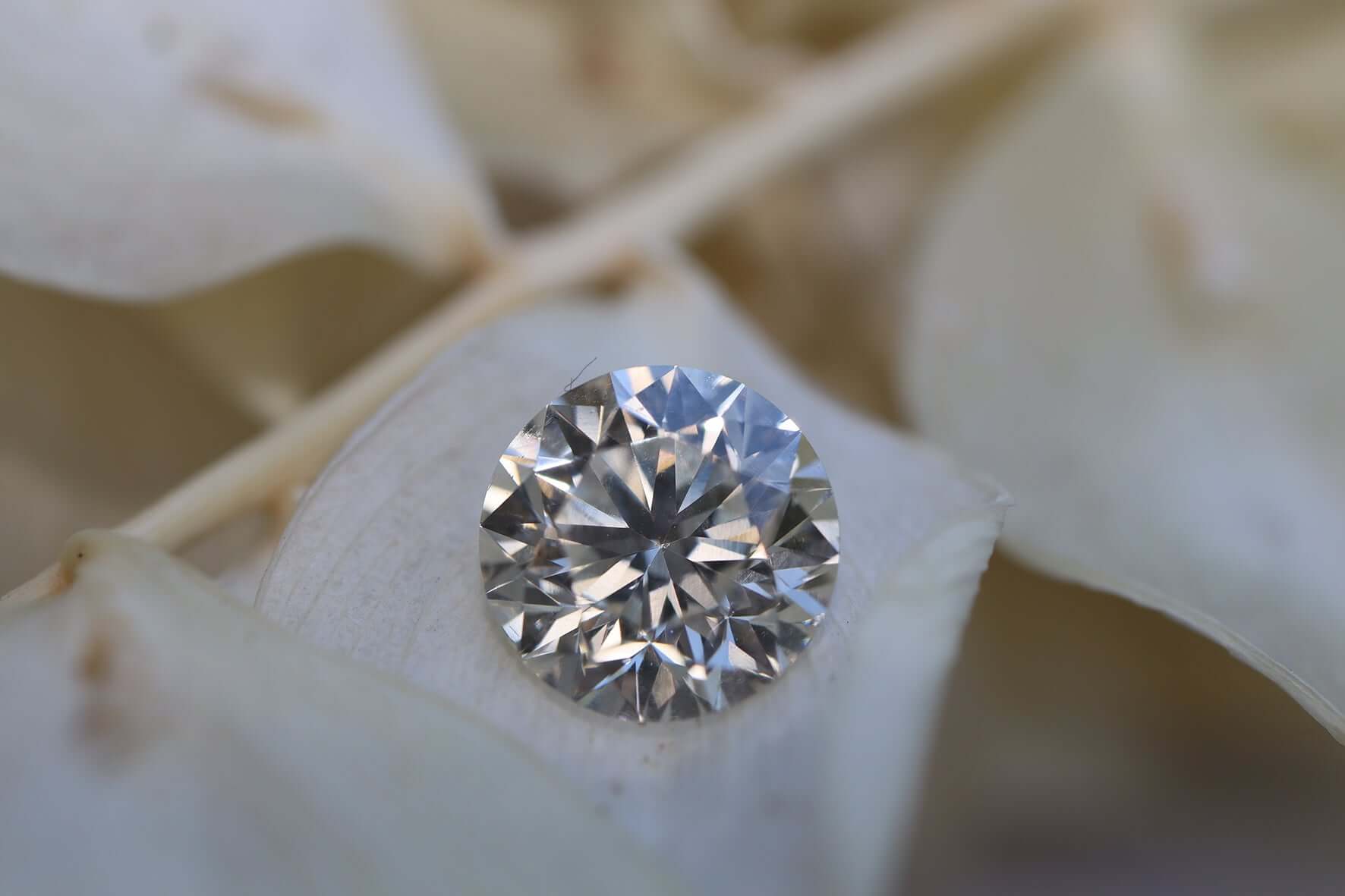Diamonds often come with a hefty price tag. They’ve earned the reputation of being quite intimidating. From the heart of Antwerp, the diamond capital of the world; we’re here to simplify these alluring gems and tell you everything you need to know. Welcome to Diamonds 101!
The Basics
Diamonds are made of a single element, carbon. The carbon atoms are arranged in a crystal structure, forming the hardest natural material known to man. They can be found in the earth or grown in a lab. Mined diamonds and lab-grown diamonds are chemically, physically and optically identical. Their quality is also graded in exactly the same way. Diamonds get their brilliance from the way light moves within the stones. The unique ability of a diamond to transmit light results in its sparkle.
The 4C's
These parameters created by the Gemological Institute of America (GIA) are equivalent to the global language of diamonds. Understanding “Colour, Clarity, Cut and Carat” is essential for any diamond jewelry consumer. They represent the quality of the diamond.
ColourDiamonds, in their purest form are colourless like drops of water. The “colour” of a diamond actually refers to its lack of color. Diamonds are graded on a scale that ranges from D-Z. The D represents the clearest. As we go up the scale towards Z, we get a yellow tinge (not to be confused with yellow diamonds). Majority of the diamonds available to consumers are near colourless and lie in the G-J range. The diamonds we use in our core collection are colourless and range from D-F color. We made this choice because the less colour in the diamond, means it is more brilliant, valuable and rare. We want your diamonds to catch the light and glitter all the time. |
ClarityThe clarity of a diamond refers to the absence of inclusions and blemishes within the stone. Most natural and lab-grown diamonds have imperfections. They are judged by how visible these characteristics are under the 10x magnification of a jeweler’s loupe. The clarity of a diamond effects it’s transparency, brilliance and ultimately, it’s value. There are seven main divisions on the clarity scale. Flawless diamonds are very rare. Most commercially available jewelry contains slightly included diamonds. We believe in a high-quality product and we use only VVS grade diamonds or higher.
|
CutThe cut grade is a measure of fire, sparkle and brilliance. The manner in which a diamond is cut determines how the stone will interact with light. This is why certain shapes of diamonds shine more than others. The cut grade also measures the symmetry and proportions of the diamond. Round brilliant cut diamonds transmit the maximum light. Their cut ranges from Excellent to Poor. We use only Excellent cut diamonds in our jewelry.
|
CaratThe carat is a measure of weight. It is equal to 200 milligrams. Larger diamonds are rarer and thus a higher carat weight often means a more expensive diamond. The overall value of a diamond however does not depend entirely on the carat weight. It is a combination of all four elements. A poorly cut diamond can weigh the same as an excellent cut diamond, but the latter will have a better appearance and will also be more expensive. |


